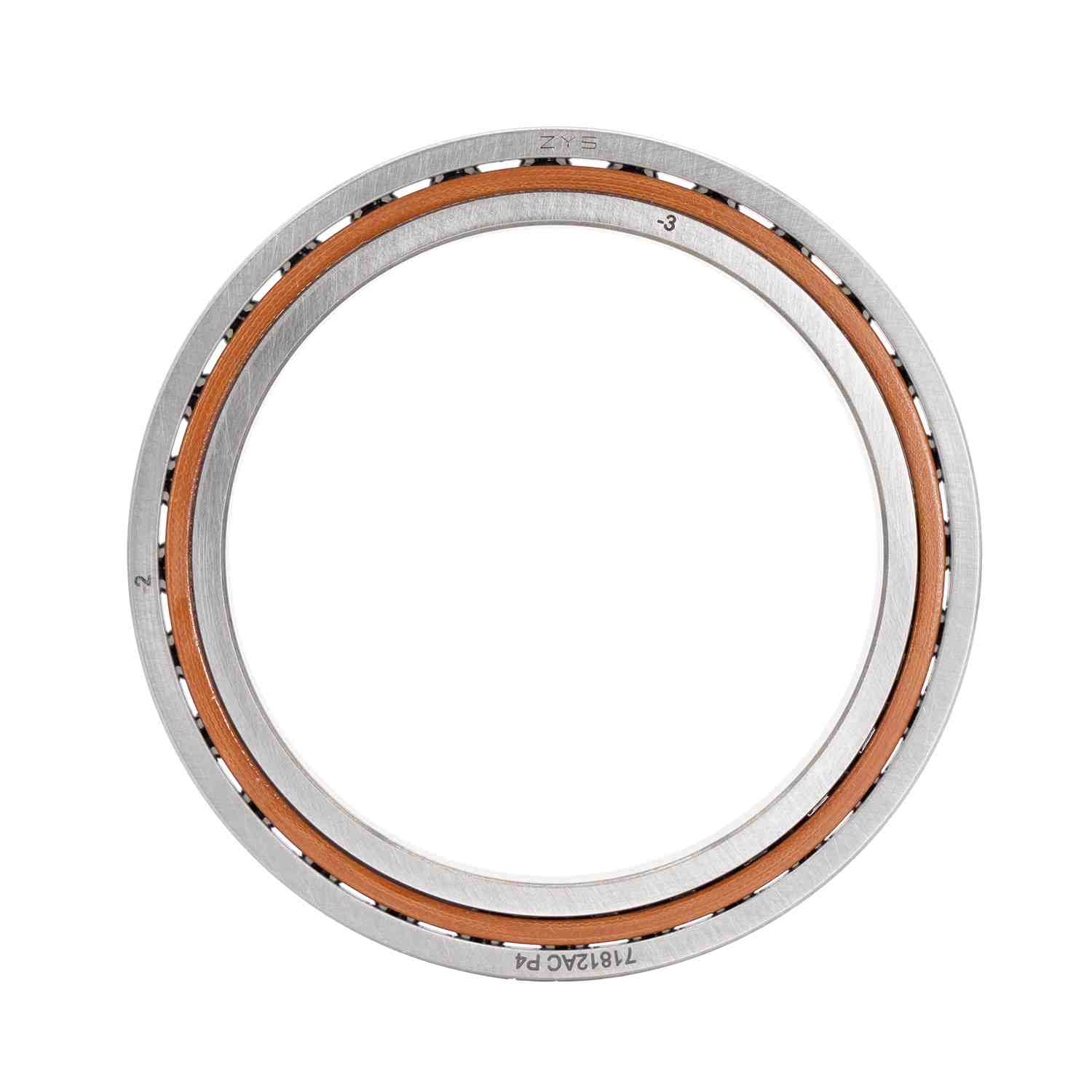Angular contact ball bearings can bear radial loads and axial loads at the same time. The steel ball has a contact angle of 15°, 25° or 40° with the inner and outer rings. The larger the contact angle, the greater the ability to bear axial loads and the higher the axial load capacity. Angular contact ball bearings can work at a higher speed.

Single row angular contact ball bearings can bear radial loads and axial loads in one direction. When bearing radial loads, additional axial forces will be caused. And the axial displacement of the shaft or housing in one direction can only be limited.
Paired angular contact ball bearings can bear radial loads and axial loads in two directions. Using different pairing types of DB, DF, and DT can avoid the generation of additional axial forces. The appropriate distance between the points of action can meet and adapt to the requirements of moment loads. It can also limit the axial clearance in two directions and improve the rigidity of the bearing through preload.
The inner ring or outer ring of the four-point contact ball bearing is divided into two, and one bearing can bear axial loads in two directions. The contact angle is 35°, the axial load capacity is large, and it is suitable for bearing pure axial loads or combined loads with large axial loads.